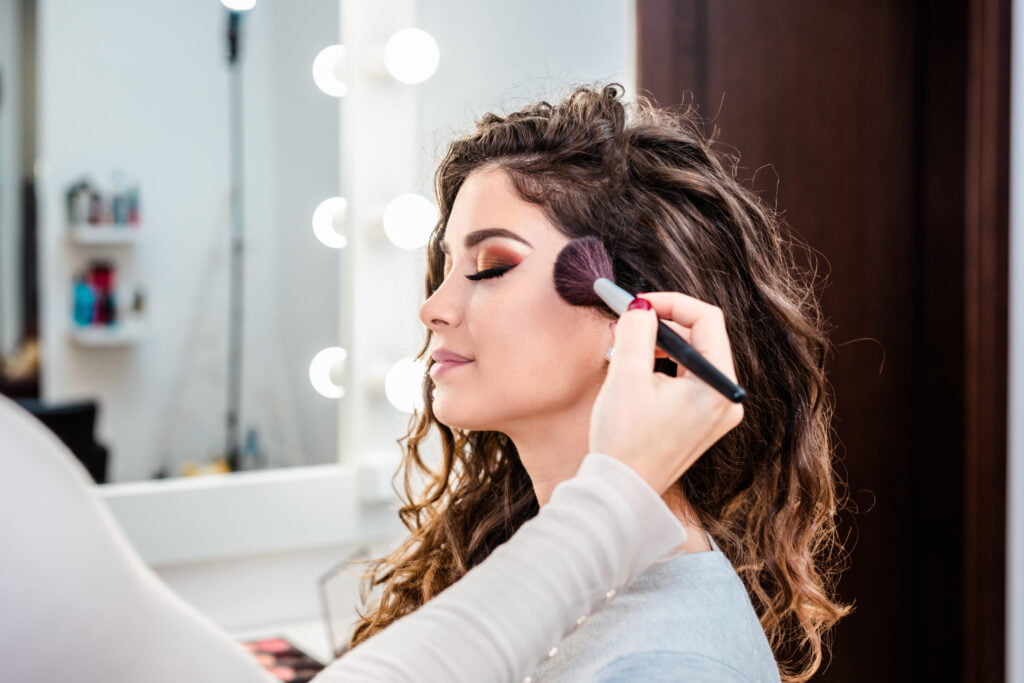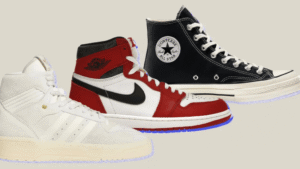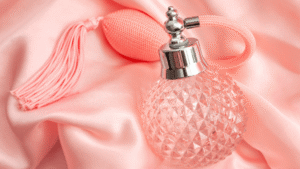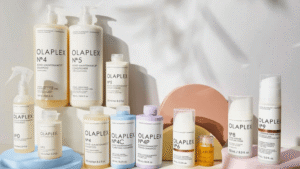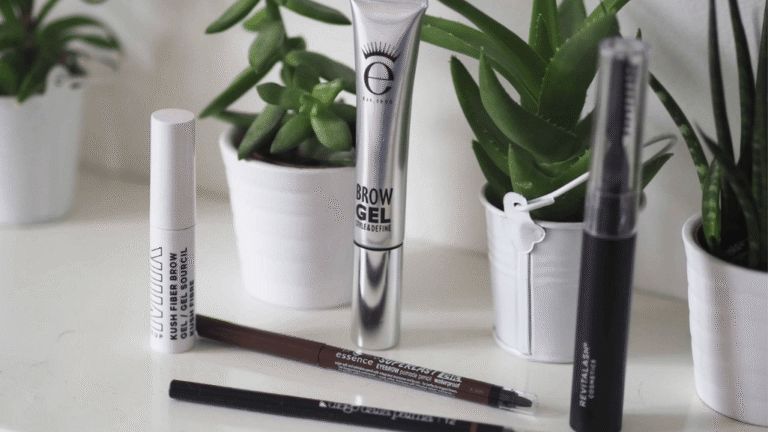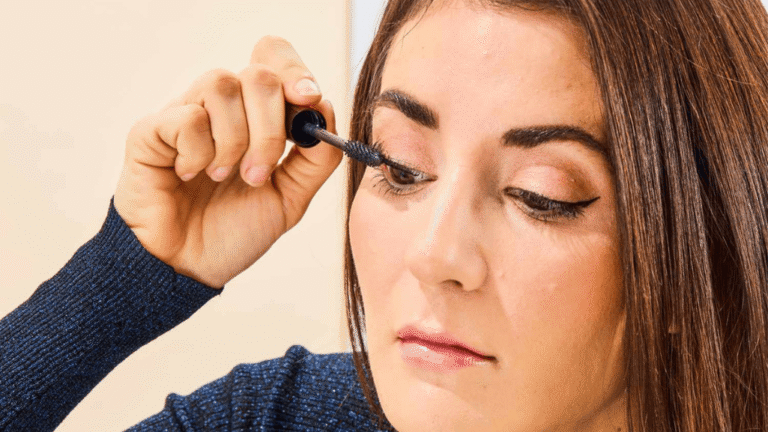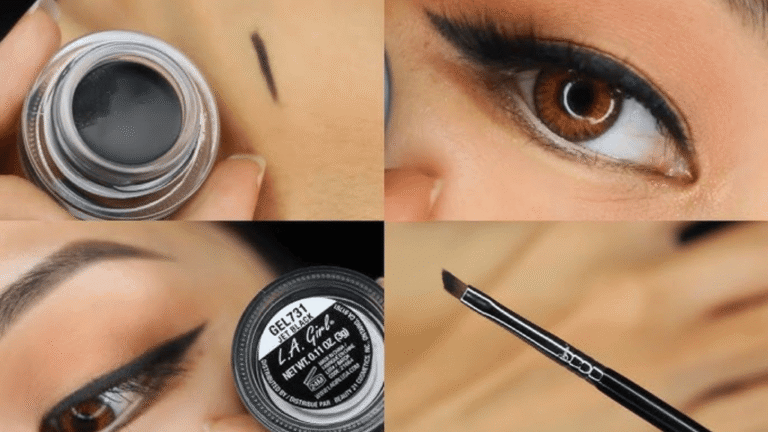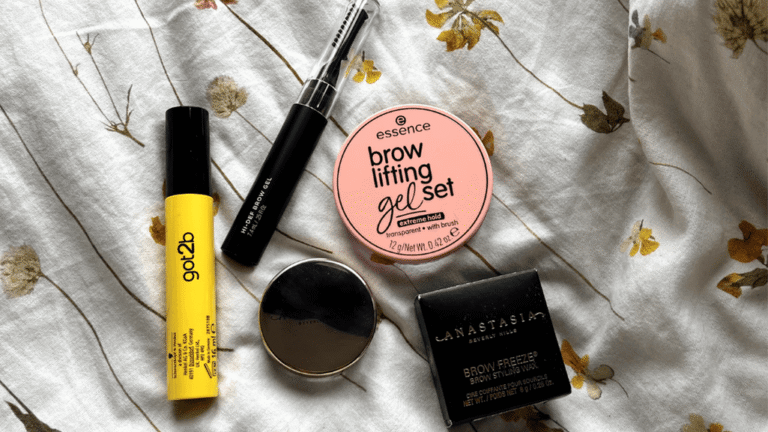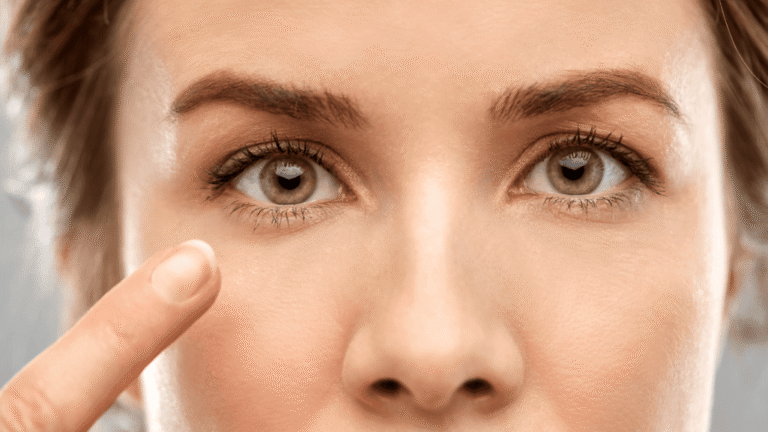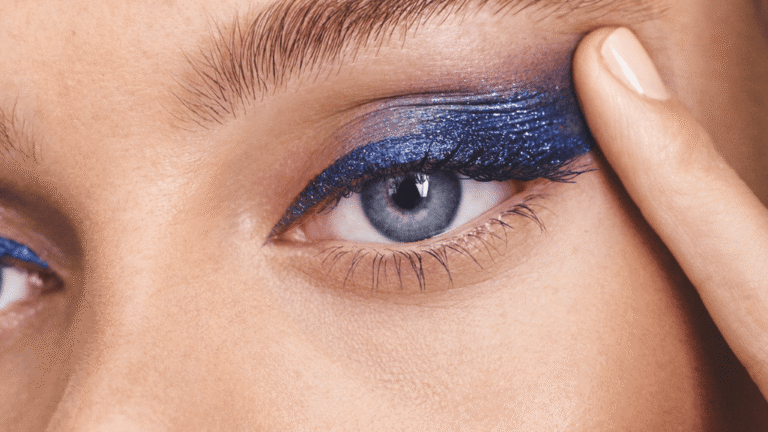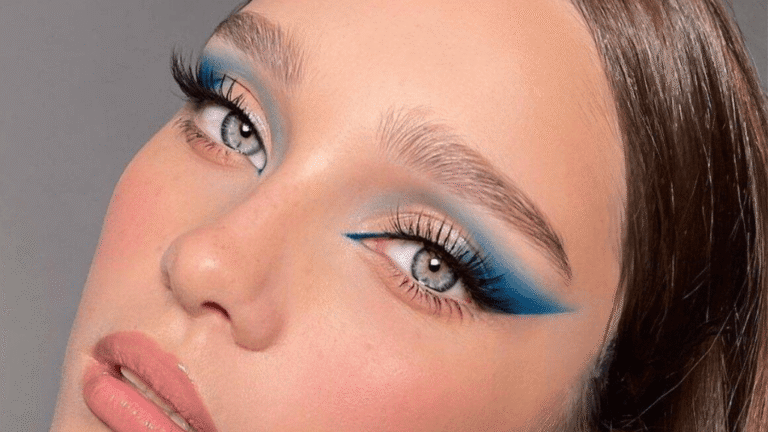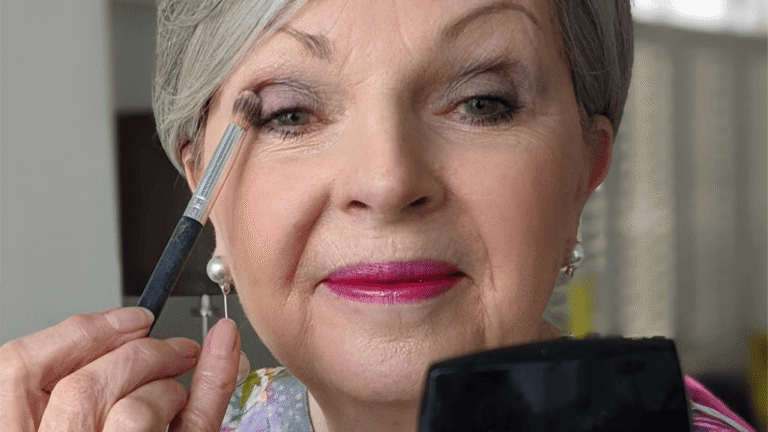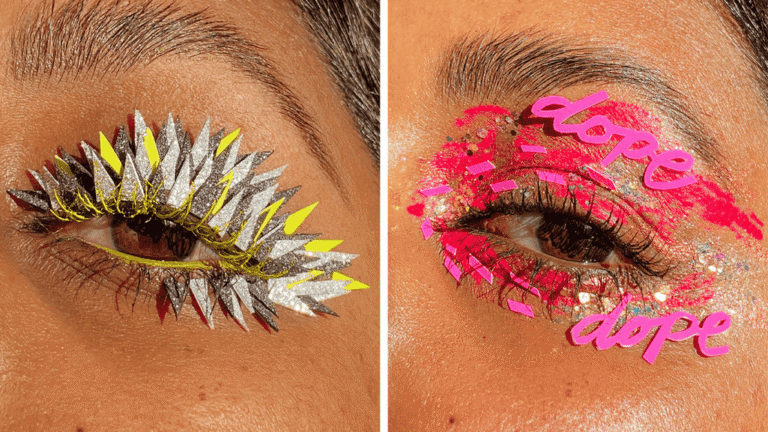Introduction
Makeup sponges are an essential tool in any makeup routine. They help achieve a flawless finish and blend products seamlessly. However, over time, makeup sponges can accumulate dirt, oil, and bacteria, which can lead to breakouts and a less effective application. Additionally, there may be situations where you run out of makeup remover and need an alternative method to remove your makeup. In this blog post, we will discuss how to wash makeup sponges effectively and provide some tips on removing makeup without makeup remover.
 Removing Makeup Without Makeup Remover
Removing Makeup Without Makeup Remover
Sometimes, you may find yourself without makeup remover. In such situations, don’t worry! There are alternative methods you can try to remove your makeup effectively.
Removing makeup is a crucial step in maintaining healthy skin, but what if you run out of makeup remover? Don’t worry! There are several effective and gentle methods you can use with items you likely already have at home. Here are some solutions:
1. Coconut Oil: Coconut oil is not just a kitchen staple but also a natural makeup remover. Apply a small amount on a cotton pad or your fingertips and gently massage over your face. The oil breaks down makeup, even waterproof products, and leaves your skin hydrated.
2. Olive Oil: Similar to coconut oil, olive oil is excellent for removing makeup. It’s particularly good for those with dry skin. Apply a bit of olive oil on a cotton ball and gently wipe away the makeup. Rinse with warm water afterward.
3. Baby Shampoo: Baby shampoo is gentle and can be used to remove eye makeup. Dilute a tiny amount with water, apply it to a cotton pad, and gently wipe over your eyelids and lashes.
4. Cucumber Paste: Cucumbers have anti-inflammatory properties, making them soothing for the skin. Blend a cucumber into a paste, apply it to your face, and gently cleanse away the makeup.
5. Milk: Milk, especially whole fat milk, can help remove makeup while moisturizing your skin. Dip a cotton ball in milk and gently apply it to your face. The fat in the milk helps to lift makeup from the skin.
6. Yogurt: Plain yogurt is another dairy product that works well. The lactic acid in yogurt also helps to cleanse the skin. Apply it with a cotton pad and rinse with warm water.
7. Witch Hazel: Witch hazel is a natural astringent and can remove makeup without drying the skin. Apply it with a cotton ball, especially around the eye area. It’s also good for acne-prone skin.
8. Honey and Baking Soda: Create a paste with honey and baking soda for a homemade makeup remover. This combination is effective and exfoliates the skin gently.
9. Micellar Water: Although technically a makeup remover, micellar water is a gentler alternative to traditional removers. It contains tiny micelles that attract makeup and dirt, lifting them from the skin.
10. Steam: Sometimes, just using steam can help loosen makeup. Hold your face over a bowl of hot water for a few minutes, then gently wipe away the makeup with a washcloth.
Remember to always follow up with your regular cleansing routine to ensure all traces of makeup and oil are removed. These natural methods are not only effective but also kind to your skin and the environment.
 How to Wash Makeup Sponges
How to Wash Makeup Sponges
How to Wash Makeup Sponges: Multiple Effective Solutions
Keeping your makeup sponges clean is crucial for maintaining skin health and ensuring flawless makeup application. Here are several effective methods to wash your makeup sponges:
1. Gentle Soap and Warm Water:
- Steps: Wet the sponge, apply a few drops of gentle soap or a cleanser specifically designed for makeup brushes and sponges. Gently massage to work up a lather, rinse thoroughly until the water runs clear.
- Ideal for: Daily cleaning.
2. Olive Oil and Dish Soap Method:
- Steps: Mix olive oil with dish soap in a 1:2 ratio. Dip your sponge in this mixture, and gently massage to break down stubborn makeup residues. Rinse thoroughly.
- Ideal for: Deep cleaning and removing long-wear makeup.
3. Microwave Steam Clean:
- Steps: Mix mild soap and water in a microwave-safe bowl. Submerge your sponge, then microwave for about 30 seconds. Let it cool before squeezing out the excess water.
- Ideal for: Quick disinfection and cleaning.
4. Antibacterial Soap and Silicone Mat:
- Steps: Use an antibacterial soap and a silicone mat (often used for brush cleaning). Work the sponge against the mat to help dislodge makeup particles, then rinse.
- Ideal for: Thorough cleaning with extra bacteria-fighting power.
5. Bar Soap Method:
- Steps: Wet your sponge, then rub it directly onto a bar of soap. Squeeze and massage gently, then rinse until the water is clear.
- Ideal for: Those preferring solid soap and needing a quick clean.
6. Baby Shampoo for Sensitive Sponges:
- Steps: Apply a small amount of baby shampoo to the damp sponge, massage gently, and rinse thoroughly.
- Ideal for: Delicate sponges and those with sensitive skin.
7. Hydrogen Peroxide Soak:
- Steps: Mix one part hydrogen peroxide with two parts water. Soak your sponge for about 10 minutes, then rinse well.
- Ideal for: Disinfecting and removing bacteria.
8. Baking Soda Paste:
- Steps: Create a paste using baking soda and water. Apply this to the sponge, leave it for a few minutes, and then rinse.
- Ideal for: Removing tough stains and odors.
9. Alcohol Spray:
- Steps: After washing, spritz your sponge with a mixture of water and rubbing alcohol. Allow it to air dry.
- Ideal for: Additional disinfection after washing.
10. Commercial Sponge Cleansers:
- Steps: Use a commercial makeup sponge cleanser according to the product instructions.
- Ideal for: Convenience and effective cleaning, especially for those with limited time.
Additional Tips:
- Always air dry your sponge after cleaning.
- Replace your makeup sponge regularly to avoid bacteria buildup.
- Avoid using harsh chemicals that can degrade the sponge material.
Regular cleaning of your makeup sponges not only extends their lifespan but also protects your skin from potential irritants and bacteria. Choose the method that best suits your needs and sponge type.
Conclusion
Taking care of your makeup sponges and finding alternative methods to remove makeup without makeup remover is essential for maintaining healthy skin and a flawless makeup application. By following the steps outlined in this blog post, you can ensure that your makeup sponges are clean and ready to use, while also having effective makeup removal methods at your disposal, even when you run out of makeup remover.
Frequently Asked Questions
Dive into the world of knowledge with our top Frequently Asked Questions.
- It’s recommended to wash your makeup sponge after every use to prevent bacteria buildup and maintain good skin health. If this isn’t feasible, aim for at least once a week for regular users.
- While regular hand soap can be used in a pinch, it’s better to use a gentle soap or a cleanser specifically designed for makeup brushes and sponges. These are formulated to be gentle on the sponge material and more effective at removing makeup residue.
- Yes, microwaving your makeup sponge is a quick way to disinfect it. Just make sure the sponge is fully submerged in soapy water in a microwave-safe bowl. Microwave for no more than 30 seconds and wait for it to cool down before handling.
- You should replace your makeup sponge every three months, or sooner if you notice it’s starting to break down, has a persistent odor, or loses its shape. Regular cleaning extends its lifespan, but over time, sponges can harbor bacteria and lose their effectiveness.




